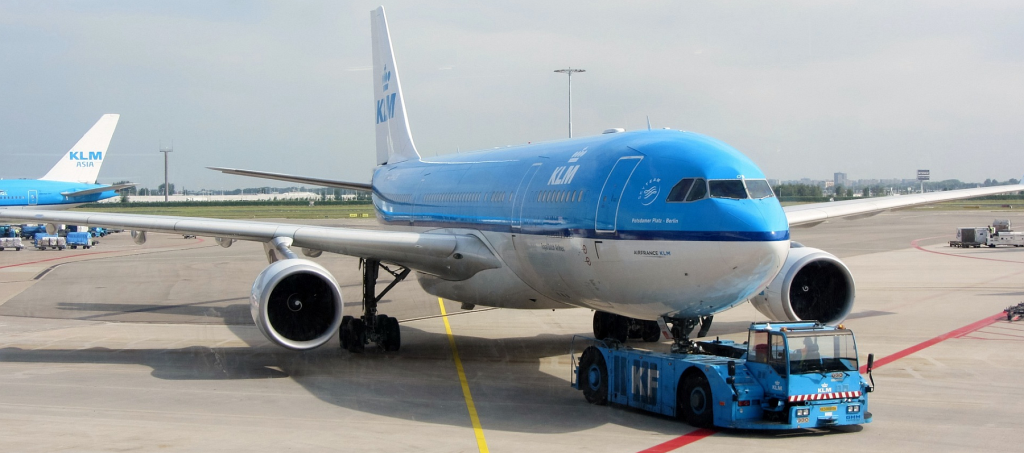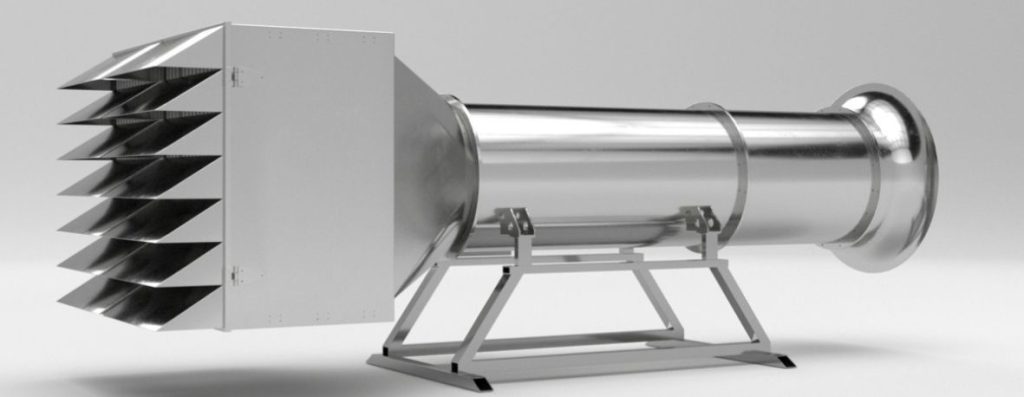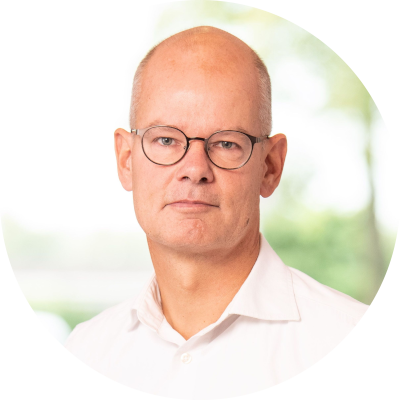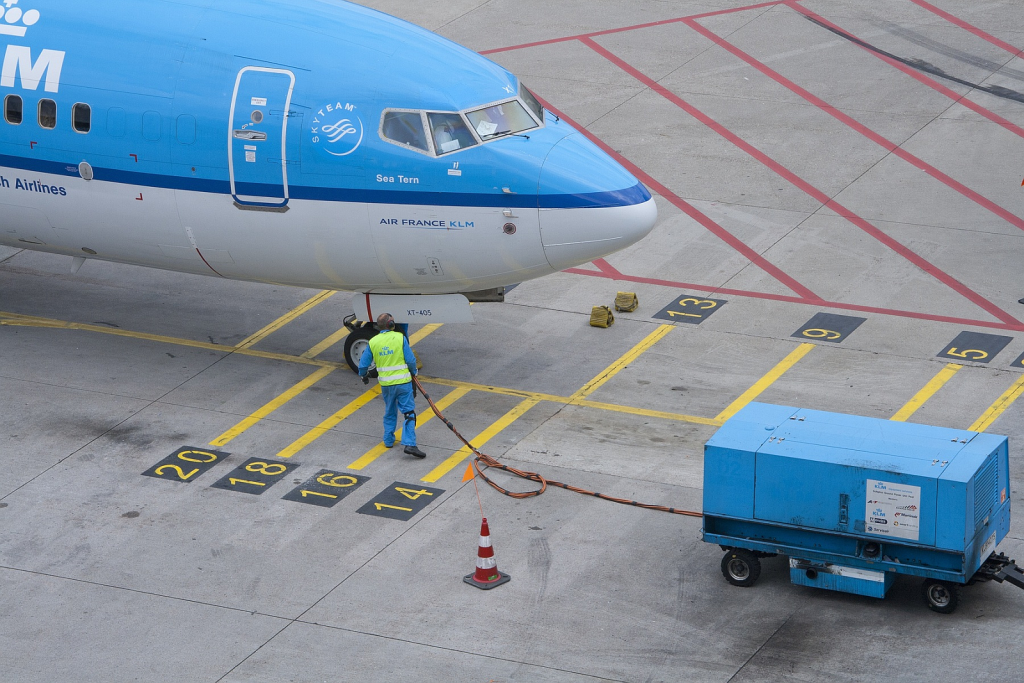Schiphol Airport is experimenting with a device to remove ultrafine dust from the air
Schiphol is testing a device that should remove ultrafine dust from the air, writes Het Parool. The airport says it strives for cleaner air so that employees can do their work in a safe environment.
“A special device sucks in the with ultrafine dust contaminated air”, a Schiphol spokesperson said. The air is filtered in the machine and then clean air, without ultrafine dust, is fed into the building.
Ultrafine dust consists of particles smaller than 0.1 micrometer, which is one ten-thousandth of a millimeter. The particles are found near airports, along roads, in harbors and factories.

Two years ago, the International Health Council publicized a warning that such particles can be very harmful to health. Hundreds of Schiphol employees complained to the FNV trade union in 2019 about ultrafine dust at the airport.
The concentration of ultrafine dust in the outdoor air at Schiphol is on average 100,000 to 120,000 particles per cubic centimeter, according to 2021 research that TNO carried out at the airport’s request. That is more than on a busy road in the center of Rotterdam. Last May, the Union demanded an improvement plan from the airport before the end of this year.
Schiphol must better protect staff against aircraft emissions
FNV, labor union
The experiment is set at the fire station
The test with the particulate matter device will not take place at the take-off or landing area, but at one of the fire stations at the airport. According to the spokesperson, the barracks are adjacent to a landing area, but the staff there do not notice the filtered air. Only the dozens of firefighters at the station breathe that air.
The first results of the test are not yet known. “It is still too early for that. If the trial proves to be successful, we will expand“.
Schiphol is working to reduce ultrafine particles at the airport in more ways. Measuring sensors have recently been installed at two gates. These provide insight into how much ultrafine dust is present in the air there and can measure the effects of, for example, a storm on the amount of ultrafine dust.
The above text is a translation from a post by Nu.nl. This original post is a summary of a lengthy article published in The Parool, a famous mainstream newspaper in The Netherlands.
Van Wees Innovations – Clean Air in One Take!
Maximum improvement in one take is more economical and more environmental friendly in terms of carbon footprint by energy consumption.

The removal of the filter section only needs to be done every 42 months. When you compare this with other suppliers where a change is needed from 1 month to a maximum of maybe 6 months.
5 different groups of dust
Group 1 – Big dust, everything bigger than 10 micrometers
Group 2 – Fine dust smaller than 10 micrometers but bigger than 2,5 micrometers
Group 3 – MPPS dust smaller than 2,5 micrometers but bigger than 0,1 micrometer
Group 4 – Ultrafine dust smaller than 0,1 micrometer (100 nanometer) but bigger than 1 nanometer
Group 5 – Picodust everything smaller than 1 nanometer.
What is the Cirqulair efficiency?
- Group 1: 100%
- Group 2: 100%
- Group 3: 100%
- Group 4: 99.99999997%
- Group 5: above 99%
Group 5 mostly contains gasses like VOC’s, PAK’s, NOx, SOx, NH3, H2S etcetera.
Check out the efficiency report here.
Is this interesting to you? Contact me via:
0031 6 200 17 111
remonatalI@vanweesinnovations.com
Drs. R.L.R. Remo Natali
NS
Interesting to you? The full TNO report on emissions, in Dutch. Check page 8 for a table of results.


